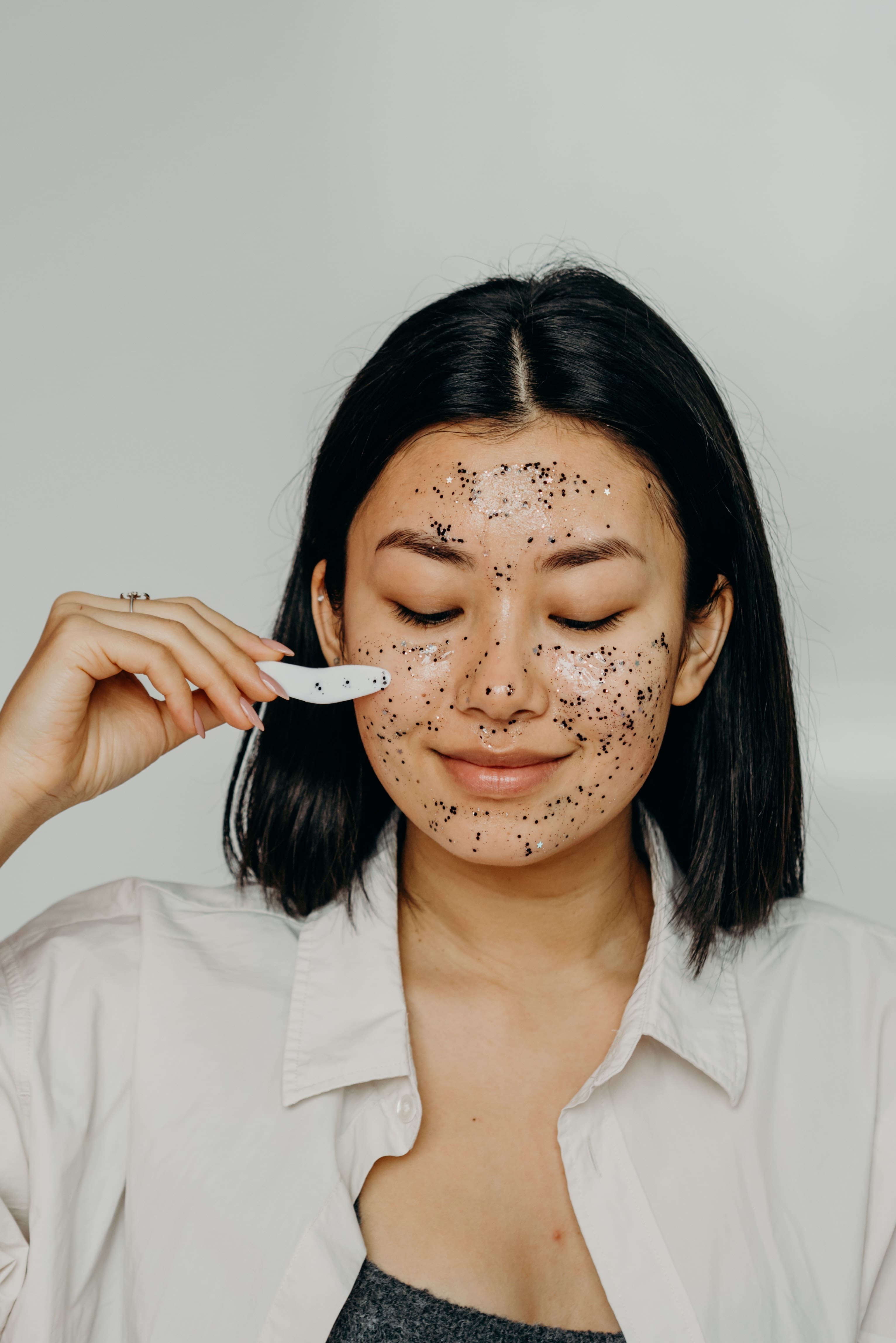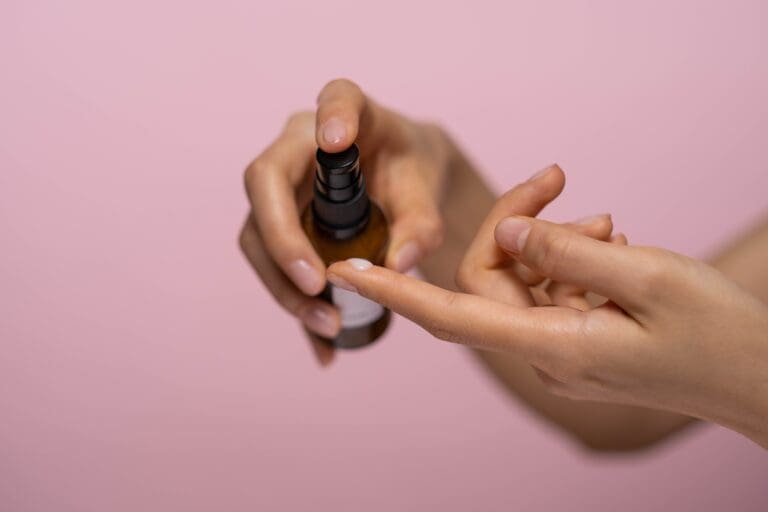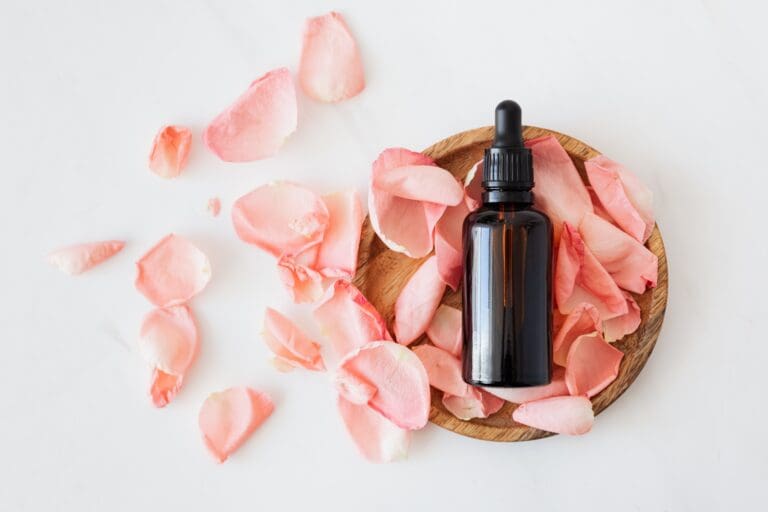How Often Should I Exfoliate My Face? A Simple Guide to Glowing Skin
Exfoliating your face is a crucial step in your skincare routine. It helps remove dead skin cells, unclog pores, and reveal brighter, smoother skin. However, exfoliating too often or too harshly can damage your skin, causing irritation, redness, and dryness. So, how often should you exfoliate your face?
The answer depends on your skin type and concerns. If you have oily skin, you may need to exfoliate more frequently to control excess oil and prevent breakouts. On the other hand, if you have dry or sensitive skin, you should exfoliate less often to avoid stripping your skin of its natural oils. Generally, it’s recommended to exfoliate 1-2 times a week for most skin types. However, you should always pay attention to how your skin reacts and adjust accordingly.
Understanding Exfoliation
Exfoliation is the process of removing dead skin cells from the surface of your skin. It’s an important step in any skincare routine because it helps to unclog pores, prevent breakouts, and improve the overall texture and appearance of your skin.
There are two main types of exfoliation: physical and chemical. Physical exfoliation involves using a scrub or brush to physically remove dead skin cells, while chemical exfoliation involves using acids or enzymes to dissolve them.
How often you should exfoliate depends on your skin type and the type of exfoliation you’re using. For most people, it’s recommended to exfoliate 1-2 times per week. However, if you have sensitive skin or are using a strong chemical exfoliant, you may need to exfoliate less frequently.
It’s important to remember that over-exfoliating can actually damage your skin and cause irritation. If you notice redness, dryness, or flakiness after exfoliating, you may be doing it too often or using a product that’s too harsh for your skin.
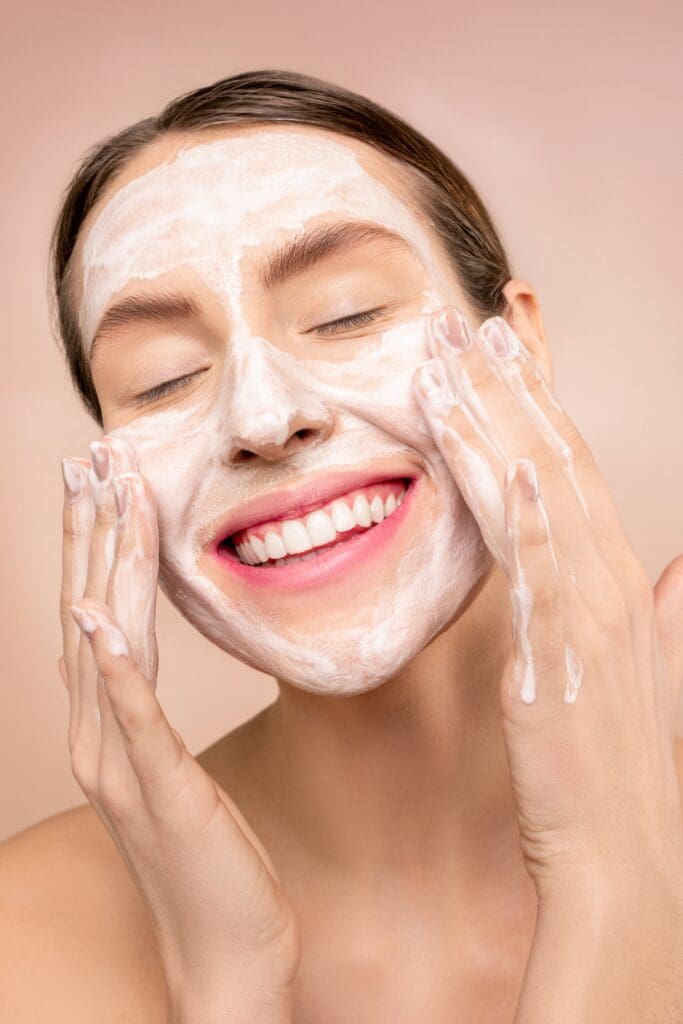
Importance of Regular Exfoliation
Regular exfoliation can provide numerous benefits to your skin, such as:
1. Improved Skin Texture
Exfoliating your skin regularly can help to improve its texture. By removing dead skin cells from the surface, you can reveal the smoother, softer skin underneath. This can make your skin look brighter and more youthful.
2. Reduced Acne
Exfoliation can also help to reduce acne. Dead skin cells can clog pores and cause breakouts. By removing these cells, you can prevent acne from forming in the first place. Exfoliating can also help to reduce the appearance of acne scars.
3. Better Product Absorption
Exfoliating your skin can help to improve the absorption of other skincare products. When you remove dead skin cells, you create a smoother surface for products like moisturizers and serums to penetrate. This can help to maximize their effectiveness.
4. Increased Circulation
Exfoliating can also help to increase circulation in your skin. This can help to promote the production of collagen and elastin, which can improve the overall health of your skin.
How Often to Exfoliate
Exfoliation is an essential part of any skincare routine, but it’s crucial to know how often to exfoliate to avoid damaging your skin. Here’s what you need to know about exfoliating your face.
Skin Types and Exfoliation Frequency
Your skin type plays a significant role in determining how often you should exfoliate. Here’s a breakdown of how often you should exfoliate based on your skin type:
- Normal Skin: Exfoliate 1-2 times a week.
- Oily Skin: Exfoliate 2-3 times a week.
- Dry Skin: Exfoliate 1-2 times a week, but avoid using harsh scrubs.
- Sensitive Skin: Exfoliate once a week using a gentle exfoliant.
Age Factor in Exfoliation
Age is another factor to consider when determining how often to exfoliate. As you age, your skin becomes thinner and more delicate, making it more susceptible to damage. Here’s how often you should exfoliate based on your age:
- Teens to 20s: Exfoliate once or twice a week.
- 30s to 40s: Exfoliate once a week.
- 50s and up: Exfoliate once every two weeks.
Remember, over-exfoliating can cause irritation, redness, and even breakouts. Always listen to your skin and adjust your exfoliation routine accordingly.

Methods of Exfoliation
Exfoliation is the process of removing dead skin cells from the surface of your skin. It helps to keep your skin looking fresh and healthy. There are two main methods of exfoliation: physical and chemical.
Physical Exfoliation
Physical exfoliation involves the use of a scrub or tool to physically remove dead skin cells. This can be done with a variety of tools, including:
- Scrubs: These are products that contain small particles, such as sugar or salt, that help to scrub away dead skin cells.
- Brushes: There are a variety of brushes available for exfoliating the skin. Some are made with natural bristles, while others are made with synthetic materials.
- Sponges: These are typically made from natural materials, such as konjac root, and can be used to gently exfoliate the skin.
When using physical exfoliation: be gentle. Over-exfoliating can damage your skin and lead to irritation.
Chemical Exfoliation
Chemical exfoliation involves the use of chemicals, such as alpha-hydroxy acids (AHAs) and beta-hydroxy acids (BHAs), to remove dead skin cells. This method is typically gentler than physical exfoliation and can be done with a variety of products, including:
- Toners: These are products that are applied to the skin after cleansing and help to remove dead skin cells.
- Serums: These are lightweight products that are applied to the skin before moisturizer and help to exfoliate the skin.
- Masks: There are a variety of masks available that contain AHAs and BHAs and can be used to exfoliate the skin.
When using chemical exfoliation, follow the instructions carefully. Overuse can lead to irritation and damage to your skin.
Common Exfoliation Mistakes
Exfoliating your face is an essential part of your skincare routine. However, if you are not doing it correctly, you could be doing more harm than good. Here are some common exfoliation mistakes to avoid:
Over-Exfoliating
Exfoliating too often can damage your skin by stripping away its natural oils and causing irritation, redness, and dryness. You should exfoliate your face no more than two to three times a week, depending on your skin type.
Using Harsh Scrubs
Using harsh scrubs with large, rough particles can cause micro-tears in your skin, leading to inflammation and even infection. Instead, opt for gentler exfoliants with smaller, smoother particles, such as chemical exfoliants like AHAs and BHAs.
Not Patch Testing
Before using a new exfoliating product, it’s important to patch test it first. Apply a small amount to a small area of your skin and wait 24 hours to see if you have any adverse reactions, such as redness, itching, or burning.
Exfoliating Sunburned or Irritated Skin
Exfoliating sunburned or irritated skin can worsen the condition and cause further damage. Wait until your skin has healed before resuming your exfoliation routine.
Neglecting to Moisturize
Exfoliating removes dead skin cells, which can leave your skin feeling dry and tight. It’s important to follow up with a moisturizer to hydrate your skin and restore its natural moisture barrier.
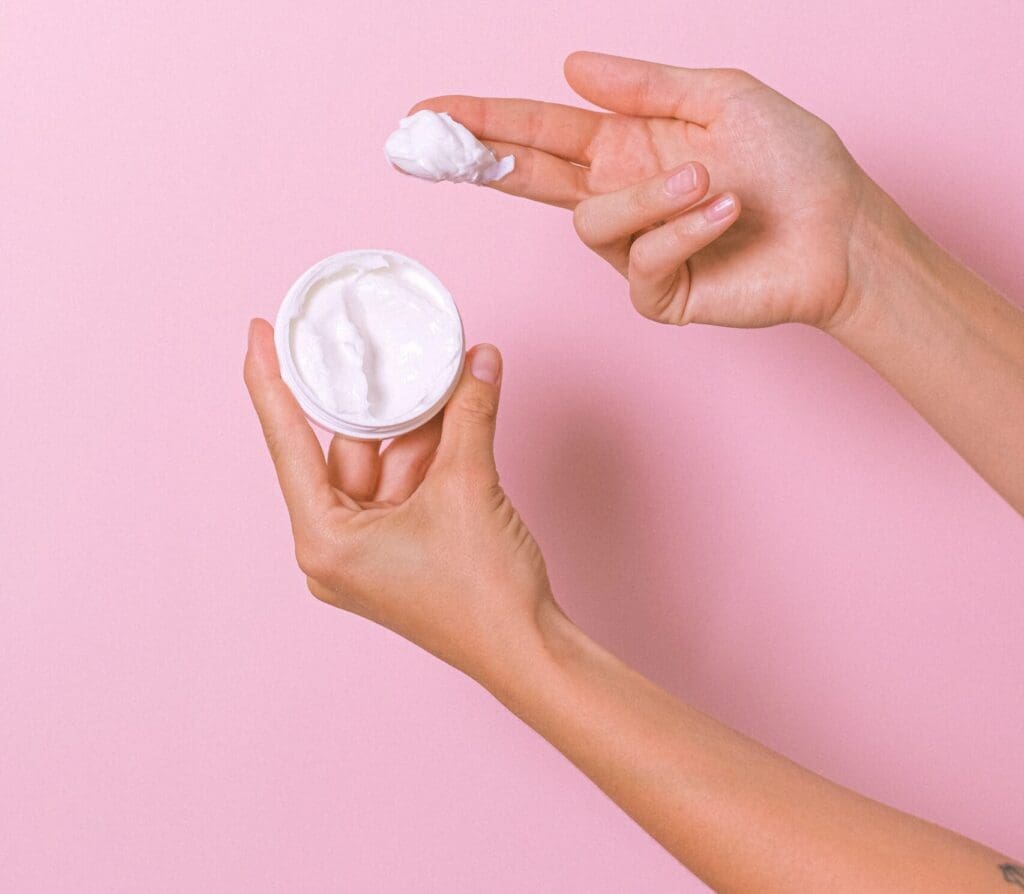
Post-Exfoliation Care
After exfoliating your face, there are a few tips to keep in mind:
- Moisturize: Exfoliating your skin can leave it dry and vulnerable. So, it’s crucial to moisturize your skin immediately after exfoliating. Use a gentle, lightweight moisturizer that won’t clog your pores or cause breakouts.
- Avoid Sun Exposure: Your skin is more sensitive after exfoliating, so it’s best to avoid direct sun exposure. If you need to go outside, make sure to wear a hat or use sunscreen with an SPF of at least 30.
- Don’t Use Harsh Products: Avoid using any harsh products like toners or acne treatments after exfoliating. These products can further irritate your skin and cause redness or inflammation.
- Skip Makeup: It’s best to avoid wearing makeup immediately after exfoliating. If you must wear makeup, use a lightweight, non-comedogenic formula that won’t clog your pores.
- Take a Break: Exfoliating too often can damage your skin, so it’s essential to give your skin a break between exfoliation sessions. Depending on your skin type, you should exfoliate your face once or twice a week at most.

